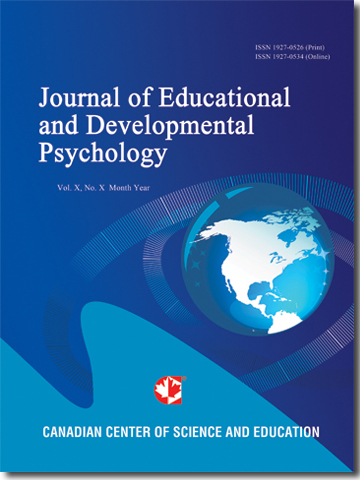Prevalence and Correlates of ADHD in College Students: A Comparison of Diagnostic Methods
- Andrea Green
- David Rabiner
Abstract
Prior research on college students with ADHD has generally employed nonrepresentative samples of students, used different methods to identify students with the disorder, and typically failed to control for comorbid difficulties when examining the psychosocial functioning of identified students. These methodological limitations are likely to have contributed to inconsistent findings across studies. To examine this issue, 197 students rated their experience of ADHD symptoms and their functioning in academic, social, and emotional domains. Participants were classified as having ADHD using four previously used methods: self-reported diagnosis, ADHD symptom counts, symptom scores greater than 1.5 standard deviations above the sample mean, and full DSM-IV-TR criteria. Prevalence of students identified with ADHD varied significantly across methods as did the overlap among students identified by different methods. However, differences in psychosocial functioning between normative peers and students identified by each method were generally consistent; these results were largely unchanged when internalizing and externalizing symptoms were controlled for. Implications of these findings for research on ADHD in college students are discussed.
- Full Text:
 PDF
PDF
- DOI:10.5539/jedp.v3n1p124
Journal Metrics
(The data was calculated based on Google Scholar Citations)
1. Google-based Impact Factor (2021): 1.11
2. h-index (December 2021): 29
3. i10-index (December 2021): 87
4. h5-index (December 2021): N/A
5. h5-median (December 2021): N/A
Index
- Academic Journals Database
- CNKI Scholar
- Copyright Clearance Center
- CrossRef
- Elektronische Zeitschriftenbibliothek (EZB)
- EuroPub Database
- Excellence in Research for Australia (ERA)
- Harvard Library
- Jisc Library Hub Discover
- JournalSeek
- JournalTOCs
- LIVIVO (ZB MED)
- LOCKSS
- MIAR
- Open Access Journals Search Engine(OAJSE)
- PKP Open Archives Harvester
- Publons
- ROAD
- Scilit
- SHERPA/RoMEO
- Standard Periodical Directory
- Stanford Libraries
- Technische Informationsbibliothek (TIB)
- UCR Library
- UoB Library
- WorldCat
- Zeitschriften Daten Bank (ZDB)
Contact
- Carol WongEditorial Assistant
- jedp@ccsenet.org
